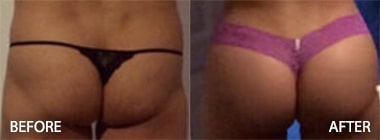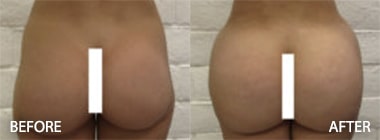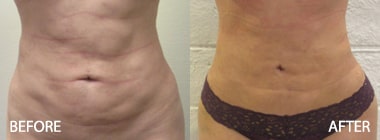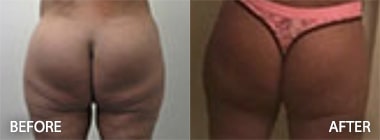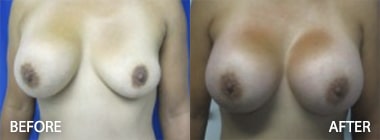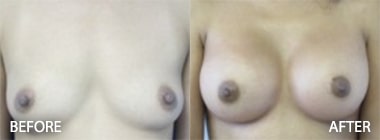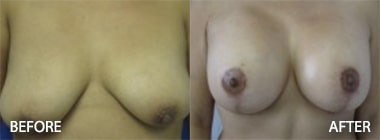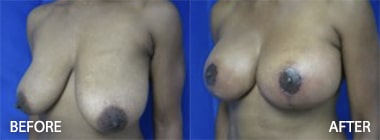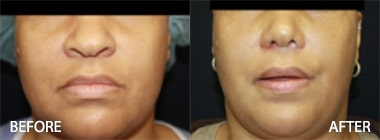The History of Breast Augmentation in the US
Glandular hypomastia (small breasts) occurs either developmentally or by postpartum involution. Following introduction of silicone gel implants in 1962 by Cronin and Gerow, breast augmentation has become the most frequently performed operation in plastic surgery. Women in general have enhanced self-image, increased self-assurance, improved sexual functioning, and better interpersonal relationships after augmentation.
The Cronin and Gerow mammary implant of the 1960s, manufactured by Dow Corning, was composed of a viscous silicone gel contained within a thick silicone shell in the shape of a teardrop. Seams were present at the periphery of the device, and Dacron fixation patches were placed on the posterior surfaces to help ensure proper position. These early devices had high incidence of capsular contracture. In the mid-1970s, the seamless, 2nd generation devices made of thin, smooth silicone shell and less viscous silicone gel were introduced. The incidence of capsular contracture may have been improved somewhat. However, the incidence of silicone gel “bleed” and shell rupture was enhanced.
The third generation of smooth-surfaced silicone implants, developed in the early to mid 1980s, focused on improving the strength and integrity of the silicone shell as well as on minimizing the silicone bleed phenomenon. These implants have enhanced shell life and lessened capsule contracture. Textured surface implants can be considered fourth-generation devices. Cohesive silicone gel-filled implants can be considered fifth-generation device.
Article 1: The History of Breast Augmentation in the US
Article 2: The Evolution of Saline and Textured Implants
Article 3: Silicone Implants and Implant Controversies
Article 4: Evaluation of the Breast Augmentation Surgery Patient
Article 5: Determining Implant Size and Incisions in Breast Augmentation: Inframammary and Infraareolar
Article 6: Incisions and Approaches to Breast Augmentation: Transaxillary and Transumbilical
Article 7: Capsular Contracture in Breast Augmentation
Article 8: Complications of Breast Augmentation
